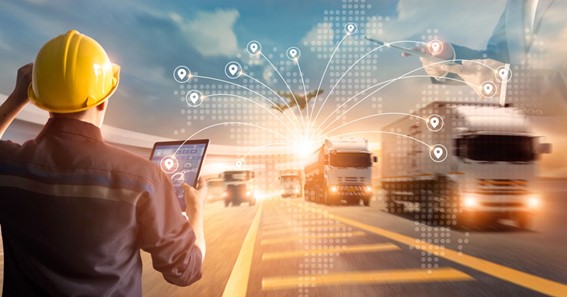Urban supply chains are changing due to intracity logistics solutions, which also have a big financial impact on nearby companies. Businesses must move goods efficiently within cities to succeed, and local businesses are now reaping the rewards of innovative logistics solutions. In this blog post, we will explore the economic impact of intracity logistics on local businesses and how it drives instant deliveries, improves competitiveness, and fosters sustainability.
- Optimization of costs:
Local businesses can significantly reduce their transportation costs with the aid of intracity logistics solutions. Traditional supply chains frequently entail high costs for numerous vehicle trips, excessive fuel use, and inefficient routes. Businesses can, however, combine resources and split delivery costs by using shared transportation models and consolidation techniques. Businesses can lower fuel costs, vehicle maintenance costs, and transportation costs by using fewer vehicles and optimizing routes. Businesses can direct resources to other growth-oriented areas because this cost optimization directly impacts their bottom line.
- Heightened Competitivity:
Local businesses are given a level playing field by effective intracity logistics solutions, giving them a chance to compete with more established players in the industry. Businesses can now access cost-effective delivery options that were previously only available to larger companies with extensive logistics networks by utilizing shared transportation models. This accessibility to efficient and affordable logistics services helps smaller businesses deliver products quickly and compete on par with their larger counterparts. The ability to provide timely and reliable deliveries enhances customer satisfaction, builds brand loyalty, and strengthens the market position of local businesses.
- Widening the Market’s Horizons:
Intracity logistics solutions help regional businesses reach a wider market. These solutions help companies reach a larger customer base in the city by streamlining last-mile delivery and enhancing routes. Businesses can offer same-day or next-day delivery options thanks to efficient and dependable delivery services, drawing in more customers who value convenience and promptness. Businesses can tap into new customer segments, boost sales, and promote citywide growth as they broaden their reach.
- Employment Growth
Intracity logistics solutions’ implementation results in the creation of jobs in nearby communities. The demand for skilled professionals in the logistics sector increases as businesses adopt innovative delivery models and instant deliveries. From drivers and warehouse workers to logistics coordinators and technology specialists, these solutions require a diverse range of talent. The job opportunities generated by intracity logistics contribute to the local economy, reduce unemployment rates, and improve the standard of living in the community.
- Environmental advantages and sustainability
Intracity logistics solutions greatly aid local businesses’ ability to reduce their carbon footprint and promote sustainability. Businesses can reduce air pollution and noise levels in the city by adopting eco-friendly practices like using electric vehicles, bicycles, and low-emission vehicles. The use of shared transportation models and improved routes further lessens traffic and congestion, which lowers fuel use and greenhouse gas emissions. In addition to improving the urban environment’s health and cleanliness, these sustainable business practices also reflect the tastes and ideals of clients who care about the environment.
Click here – The Importance of Authenticity in Influencer Marketing and How Agencies Can Achieve It
Conclusion:
Intracity logistics have a significant financial impact on regional businesses. These logistics solutions enable small businesses to flourish in urban settings by reducing costs, boosting competitiveness, extending market reach, producing jobs, and fostering sustainability. Businesses that use effective delivery models can strategically allocate their resources, improve customer experiences, and experience sustainable growth. Local businesses will continue to benefit economically from intracity logistics solutions, support innovation, and contribute to the general growth of their communities.
